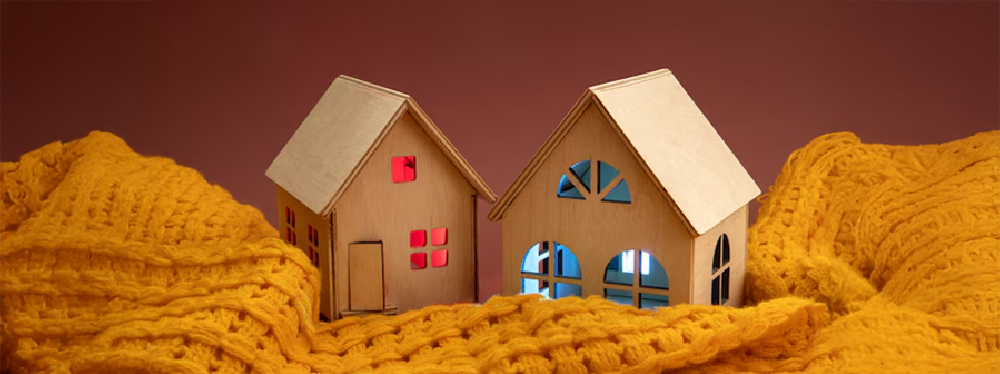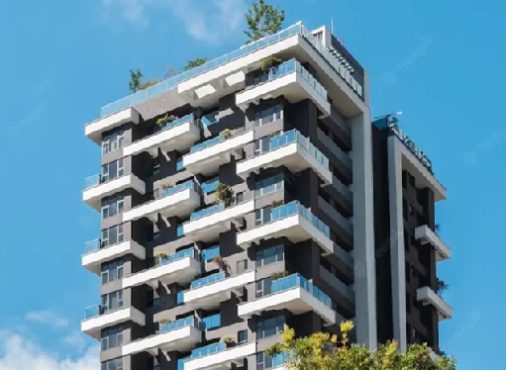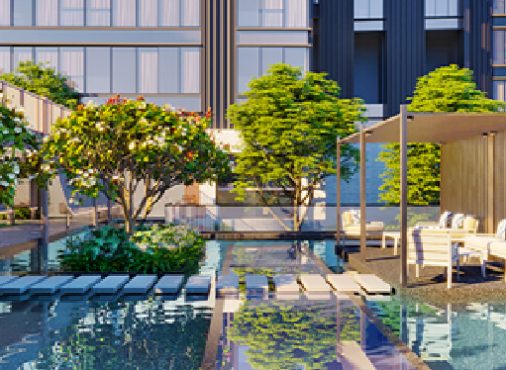Vastu Shastra is a science tracing back thousands of years that deals with the design architecture of homes. In real estate, this science is applied to create harmony in living spaces by aligning their layout with key Vastu principles.
Just as Vastu is a critical aspect of owning your first dream home, it’s an integral part of building or buying a second home. This blog post aims to provide second-home buyers with an overview of Vastu principles to consider when designing or purchasing their homes.
The Basics of Vastu Shastra
Vastu Shastra is an architectural science with origins in Ancient India that seeks to balance and harmonise the energy flow within living spaces. It consists of guidelines about the spatial arrangement, layout, and directional alignment of buildings to ensure prosperity, positive energy, and well-being.
Key Principles of Vastu:
As per the tenets of Vastu Shastra, there are five basic elements in the entire universe— Earth, Water, Air, Fire, and Space. The science of Vastu aims to balance all these elements in their proper proportions for harmony.
Such a balance supports an individual to achieve fulfilment and become successful in life.
Vastu has an important role to play in modern architecture since it guides the orientation and design of building spaces to improve the positive energy flow within those spaces.
Vastu Tips for Second Homes
- Ideal Location and Orientation of the Property:
A second home needs to be located in an environment that’s peaceful and free from pollution, noise, and negative surroundings. Vastu experts consider it ideal for creating a second home in the hills, amid lush greenery, or near rivers.
- Placement of Rooms:
The master bedroom of your second home needs to be built in the east of the north-east. As for kitchens, it’s best to include them in the South East or the North West.
The living room needs to be ideally located in the North, East, or North East. Additionally, the seating arrangement needs to face the East or North to improve the flow of energy.
- Importance of Natural Light and Ventilation:
Having ample sunlight is an essential part of creating a Vastu-compliant home. The sunlight should especially come from the North and East since sunlight is a harbinger of good health and positive energy.
Make sure to avoid keeping any dark corners, and apply soft lighting or mirrors to maintain a bright atmosphere.
Common Vastu Mistakes to Avoid
- Incorrect Placement of Doors and Windows:
The doors of your home should not face another main door or exit door directly. In the same way, the main door shouldn’t face an abandoned site or a compound wall.
As for windows, they shouldn’t face the South West in general. It’s best to place windows in the North, North East, and East.
- Cluttered Spaces and Blocked Energy Flow:
You should avoid accumulating items that are unnecessary in the home and prevent any kind of clutter. Cluttered spaces tend to disrupt positive energy flow.
It’s also important to avoid placing heavy structures in the centre of the home, which is the heart of the space, as that might obstruct energy flow, causing disharmony and stress.
- Ignoring the Balance of the Five Elements:
It is common for home buyers to make mistakes in positioning the essential components such as air, water, and fire. Firstly, Vastu principles state that the air element should not enter from directions other than the northeast, which may occur if the entrance faces any other direction.
In a house, water sources, such as overhead tanks, borewells, or sinks, are often not placed in the North, which can disrupt the elemental alignment, according to Vastu Shastra. Similarly, areas dominated by the fire element, such as the kitchen or fireplace, should ideally be positioned in the Southeast to maintain balance.
As potent sources of energy, these elements need to be positioned precisely to maximise their benefits. Misalignment can disrupt a positive energy flow and have negative impacts on the inhabitants.
Benefits of Vastu-Compliant Second Homes
- Enhanced Well-Being and Positive Energy: Staying in a Vastu-compliant second home has been found to lead to happier and healthier lifestyles. With the effect of Vastu Shastra, such individuals can harness the positive effects of solar energy, cosmic forces, and lunar energy to make their lives more fulfilling.
- Improved Financial Prosperity and Harmony: A well-lit home that is also clutter-free is bound to attract positive energy. Vastu Shastra boosts positivity and, in turn, luck, which may reflect in monetary gains. Applying Vastu principles correctly can lead to financial success and independence.
- Higher Resale Value and Market Appeal: Almost all home buyers nowadays prefer to go for homes that are built in line with the principles of Vastu Shastra. According to a study conducted by property portal Housing.com, across eight major cities, nearly 93% of home buyers seek vastu-compliant homes.
Read Also: Why Rustomjee Bella is the Perfect Choice for Urban Living in Bhandup
Incorporating Vastu in Modern Luxury Homes
- Balancing Traditional Principles with Contemporary Design:
Luxury properties across the country are now designed with Vastu principles in mind. By incorporating elements such as balanced proportions, energy flow, and proper orientation, you can enhance positive energy and harmony in any home.
This approach seamlessly blends contemporary home aesthetics with traditional wisdom to ensure the well-being of the inhabitants of any home.
- Role of Architects and Interior Designers:
The spatial arrangement and layout of a building play a crucial role in creating a Vastu-compliant design. Architects must carefully plan room layouts, including entrances and architectural features, to optimise energy flow and functionality.
The entire design process should adhere to the principles of Vastu Shastra to create spaces that are both balanced and practical.
- Examples of Vastu-Compliant Luxury Projects:
Some remarkable examples of Vastu-compliant designs are Rustomjee’s luxury residential projects in Chembur and Bhandup West, offering luxurious 1,2,3, and 4 BHK homes. The properties on offer in these projects are designed as per traditional Vastu principles while catering to the demands of contemporary lifestyles.
Key architectural aspects, such as the orientation of rooms and placement of doors and windows, are planned in alignment with the guidelines of Vastushastra. This ensures the flow of positive energy throughout the homes, supporting the well-being of all occupants.
Read Also: Discover Spacious 3 & 4 BHK Homes in Chembur: The Ideal Choice for Growing Families
Conclusion
Vastu Shastra will always remain a timeless guide when it comes to buying or building a second home. It bridges the gap between modern architecture and ancient wisdom curated for the well-being of the inhabitants of a home.
Luxury homes provide people the opportunity to lead their lives with the latest amenities and the comfort of the best household facilities. However, ensuring a stress-free life full of positivity is equally important, which is why it’s important to incorporate Vastu principles into your luxury living experience.
Rustomjee offers an excellent array of Vastu-compliant luxury residential properties that have been designed as per the advice of leading Vastu experts. Schedule a visit to these residential properties today!
FAQs
- What is the ideal direction for the main entrance in a Vastu-compliant home?
Ideally, the main entrance of a home should face the North or East, as per Vastu Shastra. These directions are associated with a flow of positive energy.
- Can Vastu principles be applied to existing homes?
Yes, Vastu principles can be applied to an existing home without making structural changes to it. The use of mirrors, colour therapy, plants, gemstones and crystals can help correct the imbalances or flaws in an existing home.
- Are there any scientific benefits of Vastu Shastra?
Yes, Vastu Shastra aims to harmonise the five elements of nature within a space to enhance the well-being of a home’s inhabitants. Central to Vastu Shastra is cosmic alignment, which ensures that structures are attuned to natural elements such as water flow, sunlight, and wind.
- What are the most common Vastu defects in modern homes?
As per Vastu Shastra, the most common defects in modern homes include storing unnecessary items in box beds, incorrect placement of toilets, and improper furniture placements.








